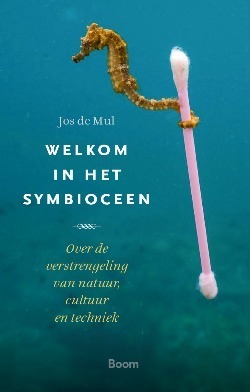Jos de Mul. Digitally mediated (dis)embodiment. Plessner's concept of excentric positionality explained for Cyborgs. Information, Communication & Society, Volume 6, no.2 (2003) 247-265.
Digitally mediated (dis)embodiment. Plessner's concept of excentric positionality explained for Cyborgs
Typography
- Smaller Small Medium Big Bigger
- Default Helvetica Segoe Georgia Times
- Reading Mode









